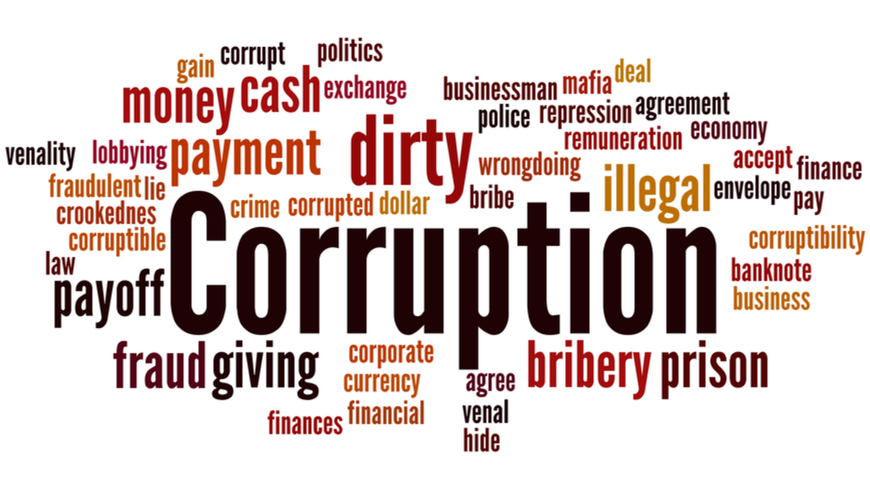
What is the argument of the ‘anti-corruptionistas’? First I must caution on the need to be careful with smart arguments. For a long time we knew that there was a correlation between smoking and lung cancer. We also knew that not all people who died of lung cancer were smokers! Ditto! The tobacco companies were in business. You could not prove that smoking caused lung cancer. Indeed in most research it is easy to prove correlation, but not easy to prove causation.
Those who argue that corruption is not such a bad thing after all, are using an amoral approach to the issue. They are arguing that since all smokers do not get lung cancer, then without having to make a value judgement about smoking, we can get on with life as if there is no problem. That argument puts us all on a very slippery slope.
Here is a counterfactual anecdote. The city of Venice is known for its beautiful canals. However it was realized that because of climate change and a tidal phenomenon, the city was at risk of flooding. So they started a Euro 1.6 billion project to put in floodgates. After many years of trying (and corruption – at least 35 people were prosecuted including the Mayor) they still did not do the right thing. They city has since flooded and the losses are estimated at over Euro 8 billion (sic). Now one could argue that corruption had nothing to do with this since there was also climate change and high tides to contend with!
In a report on “Implementation of Uganda’s Industrialization Agenda’ the issue of how corruption has now manifested itself into a growth-retarding monster is discussed succinctly. The report shows that there is now a new and more dangerous type of corruption in Uganda: one that fights good people, particularly those who attempt to get things done or those who decline the invitation to join the corrupt cartel. That the cartel zero down on you until they either wear you down or weed you out of the system. Now that’s dangerous for the progress of the country.
Corruption becomes more problematic when institutions morph into a state of paralysis. A society gets to a point where it is not even possible to agree anymore on what ought to be done in the ‘best interests’ of the whole. This is the case of common property resources. Look at for example the shrinking greenery in Kampala. Every free public space has been built up, the city is clogged with traffic and billions of shillings are lost each day in the jammed and polluted city. If that does not have the signature of corruption then I don’t know what corruption is.
Studies by people like De Soto, Achemoglu and Robinson, Ggoobi, Pinotti and others have clearly shown the link between corruption and growth. Let’s take Paolo Pinotti, an economics professor in the department of policy analysis and public management at Bocconi University in Milan who studied the effects of various Mafia organisations in the Southern Italy.
Pinotti reports that until the beginning of the 1970s, Puglia and Basilicata were the success story of southern Italy. They had low levels of crime, a relatively high level of economic development and the highest growth rate among all Italian regions. However, as criminal gangs moved in, the homicide rate jumped from one for every 100,000 inhabitants – comparable to the centre-north of Italy – to more than four homicides for every 100,000 inhabitants. “Sluggish economic performance was triggered by a strong contraction of private investment in the wake of increasing violence,” Pinotti noted that “Although private capital was gradually replaced by public investment, the latter was much less productive as criminal organisations distorted and corrupted the public procurement process.”
Corruption is a difficult thing to pin down, but there you have the two arguments. Just know that if it looks like a duck, walks like a duck and quacks like a duck, it probably is one.
Samuel Sejjaaka is Country Team Leader at MAT ABACUS Business School. Twitter @samuelsejjaaka



